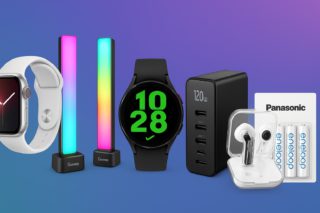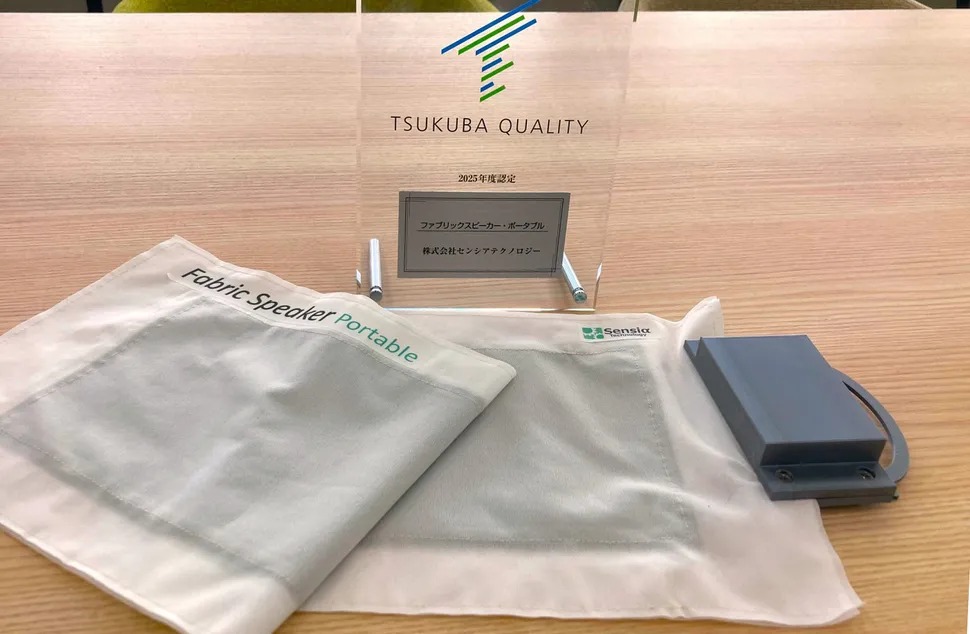Nearly 2.7 million vehicles were repossessed in 2024—a 14-year high that signals something darker than subprime lending gone wrong. Repo assignments hit 9.6 million, meaning lenders desperately want cars back but can’t actually find them. You’re seeing luxury vehicles seized alongside beat-up sedans now. Mercedes and BMWs join the tow lot queue as economic pain spreads beyond traditional subprime borrowers. Industry experts project 2025 could crack 3 million repos, approaching the carnage of the 2008 financial crisis.
Gone are the days of repo agents cold-calling neighbors pretending to be insurance adjusters. Camera cars now cruise neighborhoods like Google Street View vehicles, scanning license plates and logging GPS coordinates in massive databases. This license plate recognition technology means your parked car gets catalogued every time one of these surveillance vehicles drives past. It’s like having a digital bounty hunter constantly updating your location, waiting for the moment you miss that payment.
The numbers reveal the economic squeeze pressing American families. American household debt reached $18.4 trillion in 2024, with $1.6 trillion in auto loans alone. Interest rates spiked from near-zero in 2022 to 5.5% before settling around 4%—enough to push millions into delinquency. Major subprime lenders like Tricolor and PrimaLend Capital Partners collapsed entirely. “Twenty twenty-five is looking to be the most active repossession year since the last financial crisis,” warns Vaughn Clemmons of the American Recovery Association.
The human cost runs deeper than spreadsheets suggest. Repo agents face gunfire and violence for flat fees that haven’t increased in decades, creating severe labor shortages. Recovery rates dropped from 41% pre-pandemic to just 31% now, meaning most assignments don’t even result in successful seizures. “There’s a lot of fear out there,” explains Marcelle Egley of ABA Recovery Service. “We’re in very low-income neighborhoods but also in very high-income neighborhoods.”
This surge isn’t just about cars disappearing from driveways—it’s a canary in the coal mine, signaling broader financial distress that could eclipse the previous recession. When repo assignments multiply by millions while success rates plummet, you’re watching an economy where people can’t afford their transportation, and the system designed to reclaim it is breaking down too.





























